If you own one of these drones, with a little bit of work, you will soon be able to fly over people. Yes, it’s going to require some paperwork, but the FAA just made it a lot easier. I’ll explain in the video below.
Waiver Submission Process
First and foremost, you will need to submit a waiver request to the FAA. Is it going to take time? Absolutely. Is it going to be as daunting as before? Well, it shouldn’t be.
The FAA denied 97% of operations over people waivers in the past, but then they realized that there have been no accidents with current waiver holders. They also recognized that the risk involved with this type of activity (flying over people) doesn’t really match the provisions of the current waiver.
Categories and Realities
Now, you might ask, “What about those Category 1, 2, 3, 4 that you teach in the course?” Well, it was a good idea on paper, but in reality, there are no Category 2 or 4 approvals after all these years. There’s only one Category 3 (the Ebee), and a handful of Category 1 drones, but most of them are not suitable for commercial Part 107 work.

FAA’s New Approach
So, now what? The FAA wants to make it easier for people to comply by making it easier to get a waiver. You might wonder, “Why can’t they just change the rules?” The short answer is, it’s going to take a lot more time to do that.
After doing a bit of data analysis, the FAA found out that the number one risk with operations over people is lacerations from moving propellers. The other risk is collision with manned aircraft.
Requirements for Flying Over People
Here’s the recipe to fly over people with your drone as long as it weighs less than 3.5 lbs (1587 g):
- Submit a Waiver: As mentioned, this is required. None of this happens without the waiver, and you will need to answer all the questions that the FAA asks for that specific waiver.
- Prop Guards: This will address the laceration issue.
- Anti-Collision Light: Your drone must have an anti-collision light visible during the day from one statute mile to help reduce the risk of collision with manned aircraft.
- Visual Observer: You need a visual observer for the entire operation.
- Remote ID Compliance: At this stage, this is a given. Standard or module; it doesn’t matter.
Additional Requirements for Heavier Drones
For drones over 0.88 lbs (399 g), an FAA-approved ASTM-approved parachute is required.
Examples of drones with prop guards weighing less than 399 grams such as:
- DJI Mini series
- Parrot ANAFI and ANAFI Thermal
- Autel Nano
- DJI Avata 2 (not currently on my desk)
- Any sub-250 g drone with prop guards
For drones over 399 g, an ASTM parachute is required. This includes:
Issues and Limitations
Not all drones mentioned have an approved ASTM parachute available yet, like the Mavic 3 from DJI. The Mavic 3 Enterprise has it, but not the original Mavic 3 or any of the consumer side of the Mavic 3. Another issue is that putting a parachute on an FPV drone will limit how you can fly it, not allowing for very unusual attitudes with that drone.
Submitting the Waiver
To submit a waiver, you’ll need to do it through the FAA DroneZone website and download the FAA documentation to help you fill out the waiver application. Be sure to answer all the questions in your application thoroughly. The fact that it is easier to answer does not mean you can cut corners.
Once you have it all done and approved, you will receive a waiver from the FAA that allows you to fly over people without a specific location limitation. You’ll be able to do this for several years, as long as you follow all the provisions on your waiver. Be sure to read your waiver for any additional restrictions.
And that’s it! Best of luck, and we’ll see you in the next video.
Discover more from DroneXL
Subscribe to get the latest posts to your email.

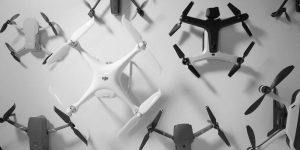


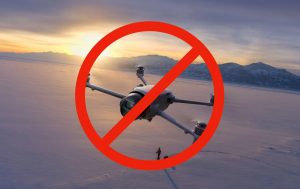
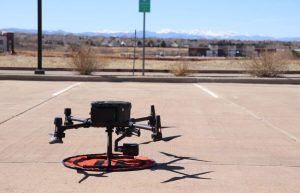

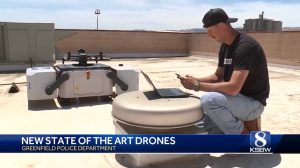

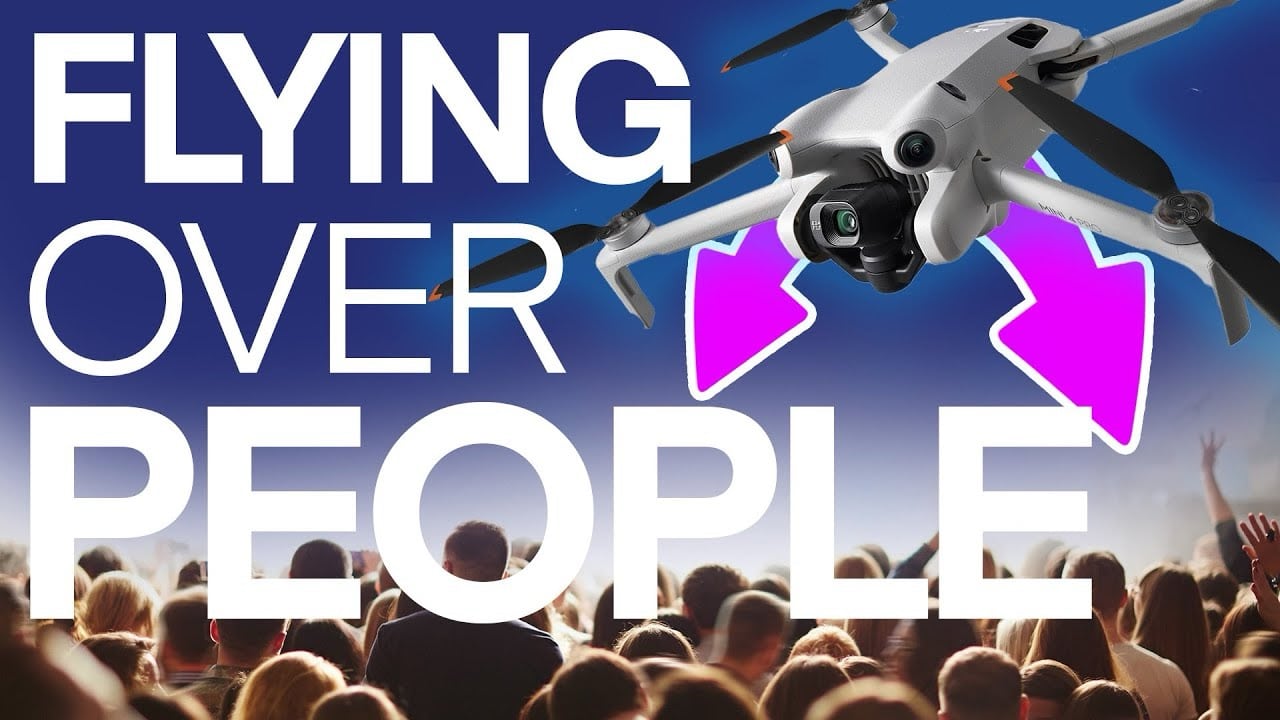

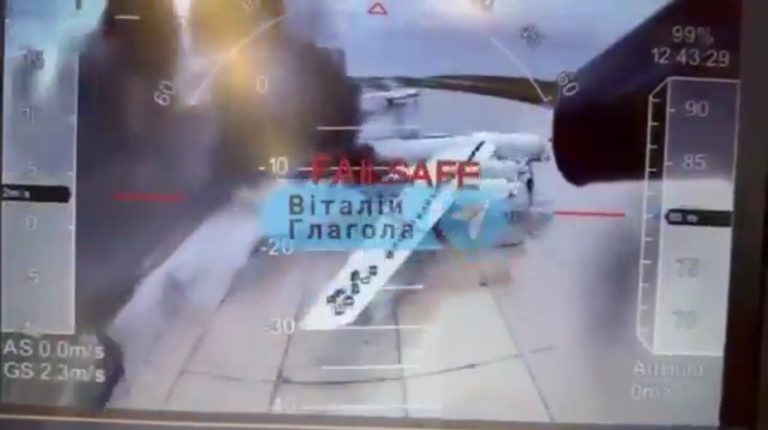
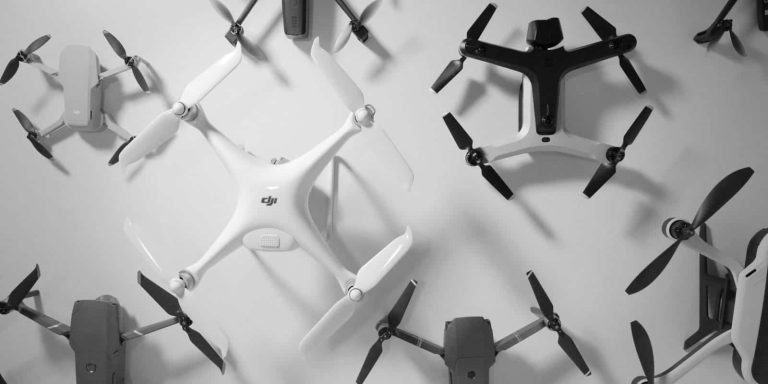

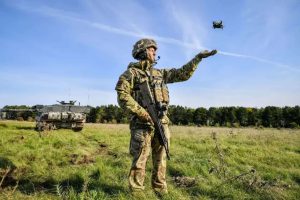
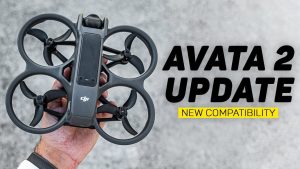

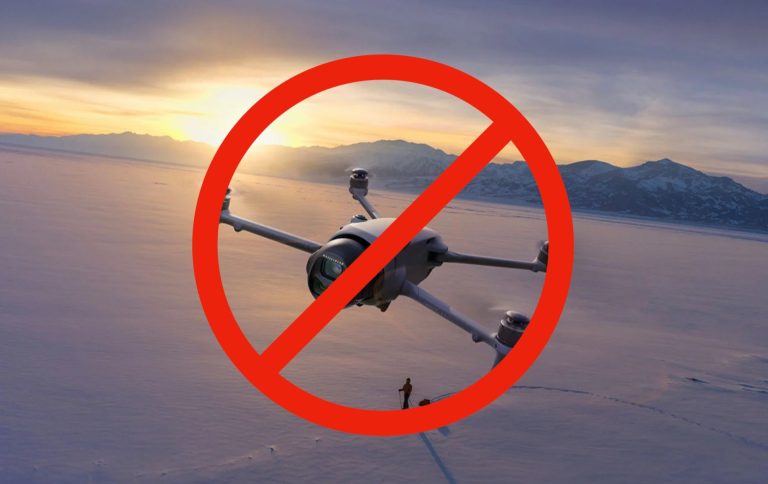
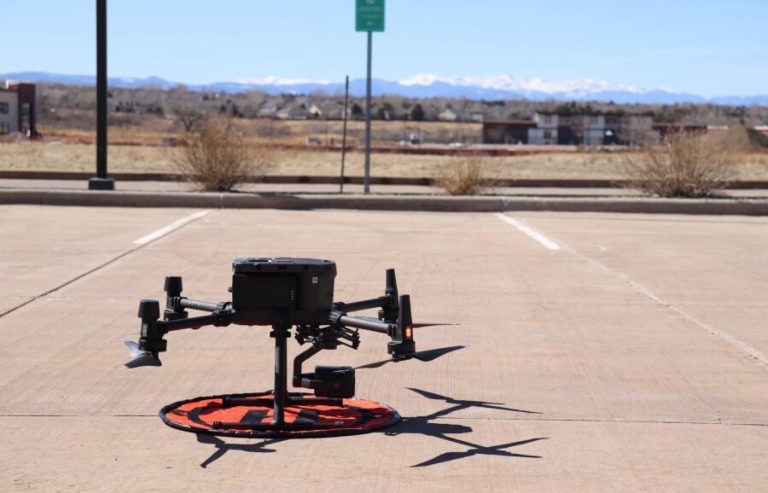
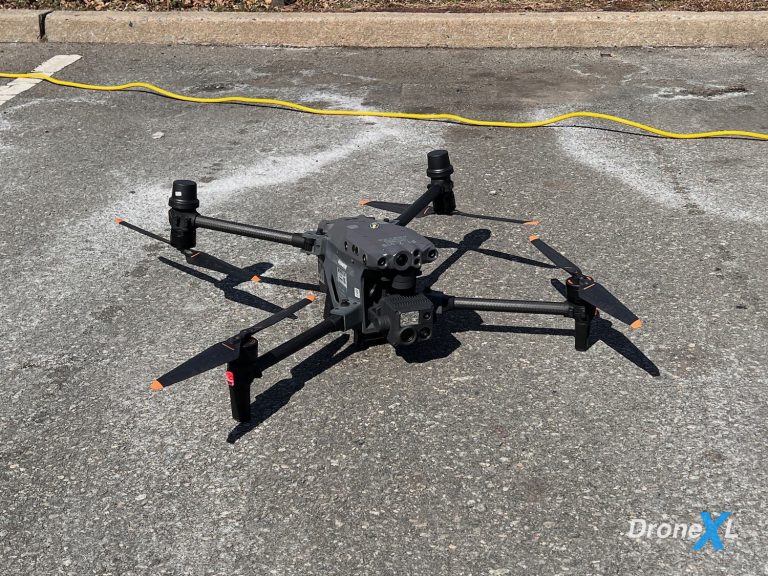

+ There are no comments
Add yours